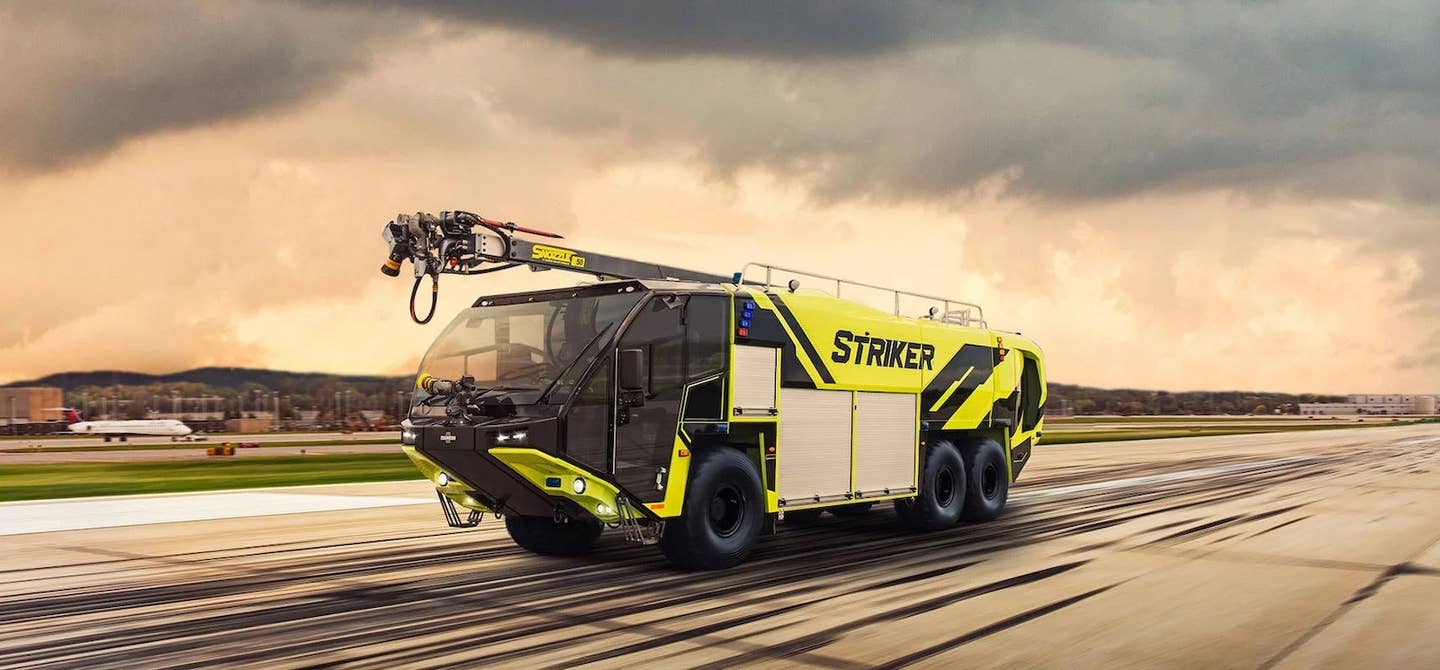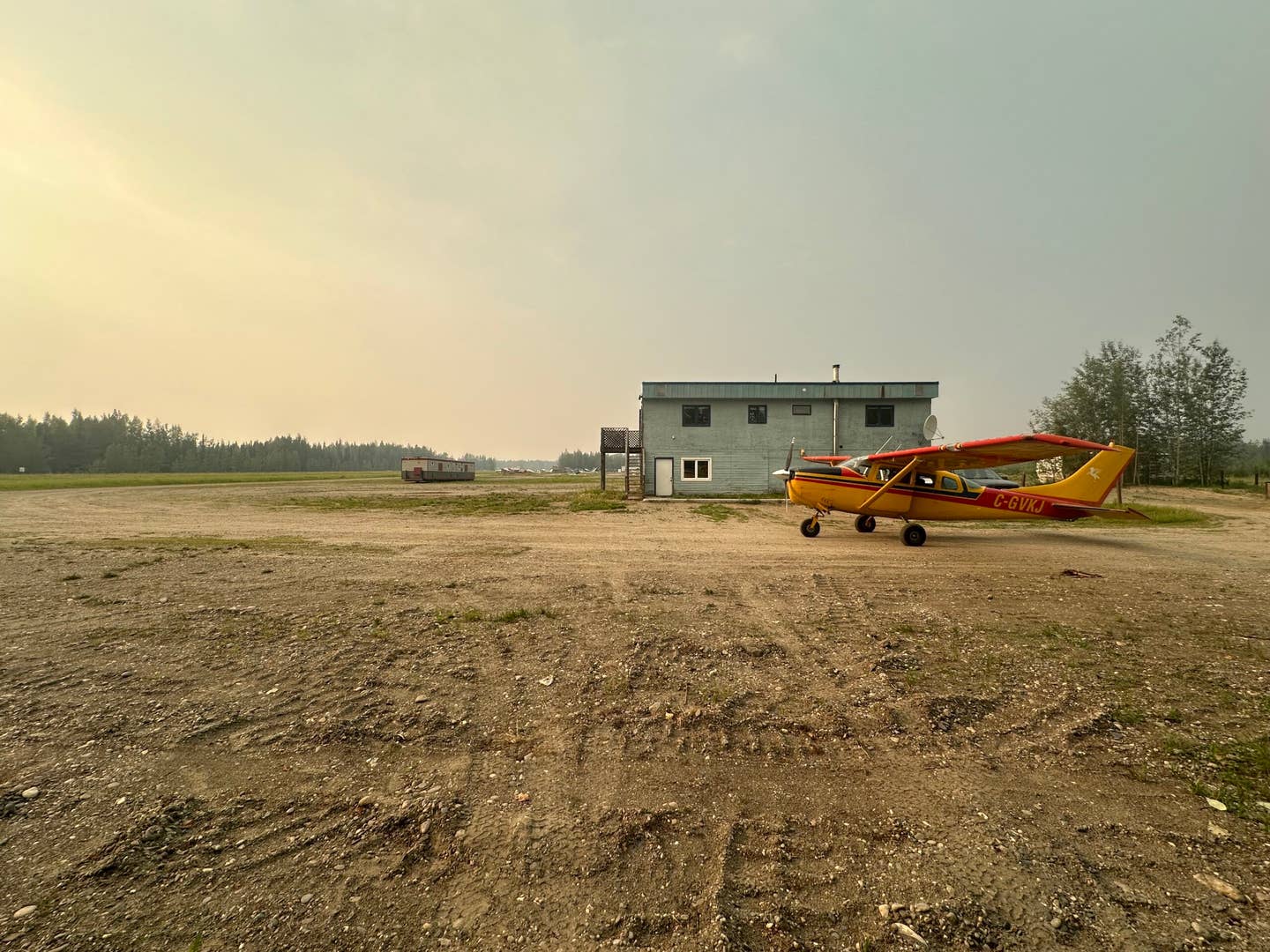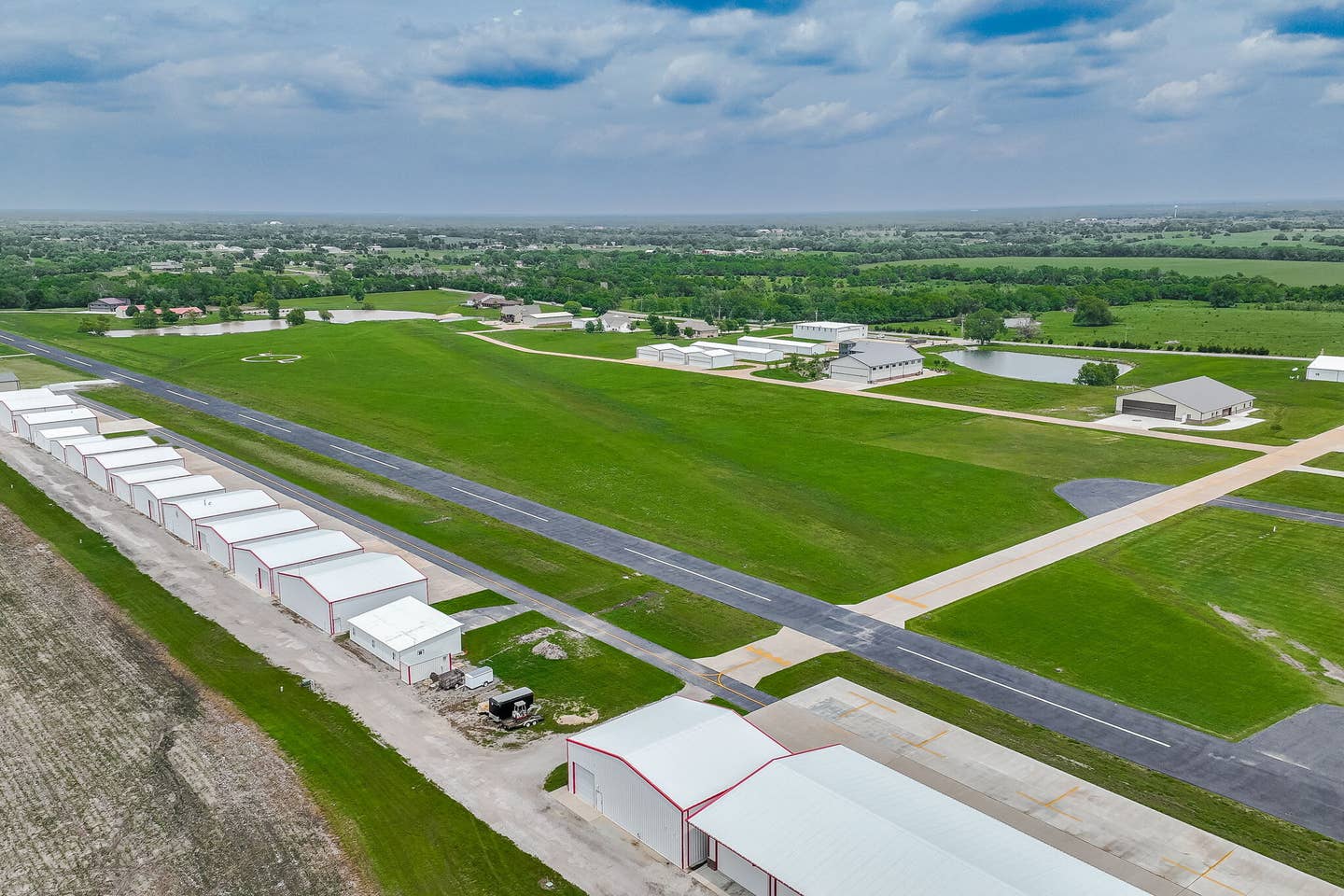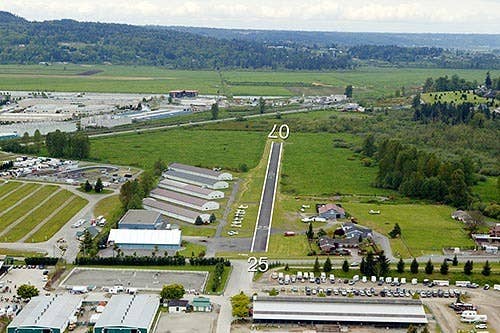Idaho Luxury Fly-In Development Poised for Takeoff
The SilverWing at Sandpoint community currently has a 6,180-square-foot newly finished, fully furnished home available.
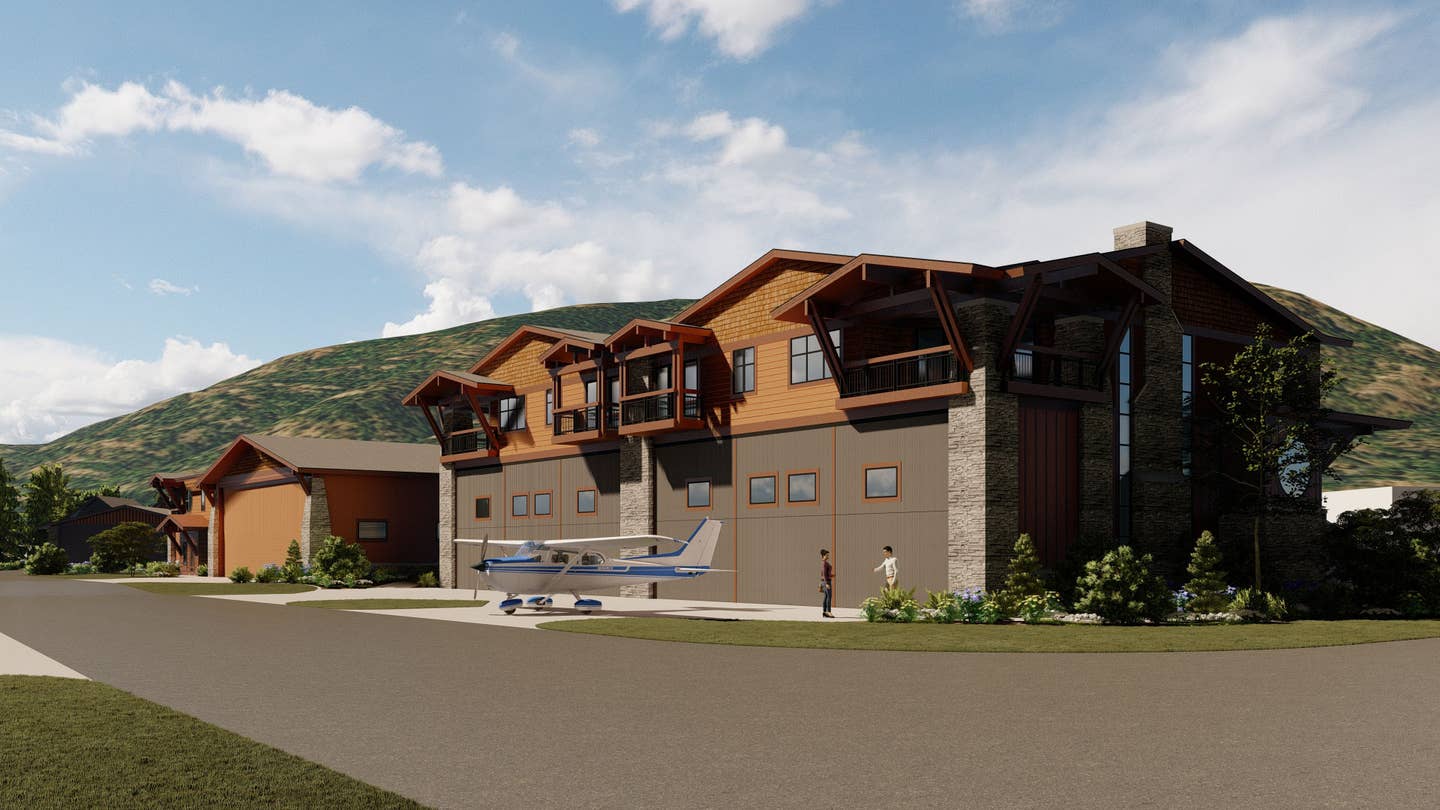
Hangar home rendering. [Courtesy: SilverWing at Sandpoint]
The SilverWing at Sandpoint luxury fly-in development was designed for pilots, by pilots. The 18.3-acre development at the Sandpoint Airport (KSZT) in Idaho will feature up to 44 custom-built hangar homes.
The northern Idaho city, which is home to the Daher Kodiak manufacturing facility, was intentionally chosen as the site for the exclusive fly-in community due to its idyllic setting and abundant recreation options.
Scott Wolfe, a member of the community’s development team, provided FLYING with an update on the airpark project.
“I guess that it was about 18 years ago now that finding a place to live where you could encompass flying, skiing, boating, and basically everything outdoors was the goal, and Sandpoint was definitely the perfect place to do that,” Wolfe said. “We are located in a great spot. The area has lakes with boating, water skiing, and other water activities. Lake Pend Oreille, one of the largest lakes in the western U.S., is about 10 minutes away. It’s so big (1,158 feet deep at its lowest point) that the Navy uses it as a submarine testing site. And SilverWing is situated about 15 minutes from an excellent ski resort, Schweitzer Mountain. There’s lots to do around here and Sandpoint is a great small town.”
The SilverWing community boasts two homes, including one that was recently finished and is currently for sale.
“The land that was chosen was adjacent to Sandpoint Airport, a public airport, and once it was confirmed that the development could be built, the papers were signed,” Wolfe said. “From there, the model was built, the utilities were put in, and the streets were paved. But change is not always easy, and sometimes it takes a little patience.”
He addressed why more homes have not been built in the nearly two decades since the project was first conceptualized.
“There were a few hurdles that the development team encountered,” he said. “There was speculation of insolvency, rumors that SilverWing lost the RTTF (residential through-the-fence) agreement, and a multitude of other things—none of which are true. With the legal issues that the development faced now a thing of the past, what was initially envisioned can finally move forward.”
While working to overcome these obstacles, the development team simultaneously sought to improve on its initial vision for the property.
“I’ve gone around the country for the last three years visiting different airparks of all different types and talking with the people that live there,” Wolfe said. “I wanted to know, ‘What are the things that are working well in your airpark? What are the things that aren’t working well? What would you do differently? What would you like to see changed?’
“The biggest complaint that I have heard from people is that what was originally envisioned or intentioned didn’t turn out to be what transpired. People were sold on an idea. ‘Hey, let’s go live at the airport. We’ll live there and we’ll build a house that’s going to be awesome.’ Sounds like a good idea. Then they just sell you a lot and turn you loose on builders, architects, and everything. Well, not every architect understands hangar homes.”
The simple fact that aviation real estate is unique spurred there to be prescribed construction guidelines within the SilverWing development.
“How we have it set up is that once you decide that you want to live at SilverWing, you meet with our architects,” Wolfe said. “They give you a four-page questionnaire to see the types of things you want in a home. They also include your aircraft needs. Some people have one plane and others have three. So, they design a few different options that completely fit all of the criteria for the buyer to choose from. We take a deposit and fund the build all the way through and sell a turnkey house at the end.”
This way, according to Wolfe, every residence is finished once started and in a timely fashion. He is also proud to note that the SilverWing team isn’t a large developer that is coming in, buying up land, building homes, and leaving. Rather, he said SilverWing is in it for the long haul and invested in the community’s future.
“We will have to face the people that we sell to and are very much concerned and care a lot about the fact that these people are going to be our neighbors,” he said. “And everyone that is involved in SilverWing is either a pilot, an aircraft owner, or both—and that is the most important thing. We all understand that desire to get up into the sky and building our lives around this very special passion.”
Every lot in the airpark is on fee-simple land with a deeded RTTF agreement with the airport, providing use of the runway 365 days a year. Wolfe advised that homeowners are not involved in maintenance or expenses of the airport whatsoever, outside of an annual $150 annual assessment.
The project’s site plan outlines the potential for up to 44 homes, although it’s possible that some buyers will combine multiple lots to build larger residences or have more free space.
Wolfe, who acts as the project’s broker, noted that the newly finished home is 6,180 square feet in total—half of which is hangar space, fronted by a 48-by-15-foot Schweiss door. The four- bedroom, four-bath home is being sold fully furnished, down to the furniture and linens. It’s a move-in-ready property with everything you could want in a new hangar home—except for a plane, of course.
For more information about the fly-in community, visit SilverWing’s website or see them at EAA AirVenture in late July at booth No. 1081 in Oshkosh, Wisconsin.

Subscribe to Our Newsletter
Get the latest FLYING stories delivered directly to your inbox

